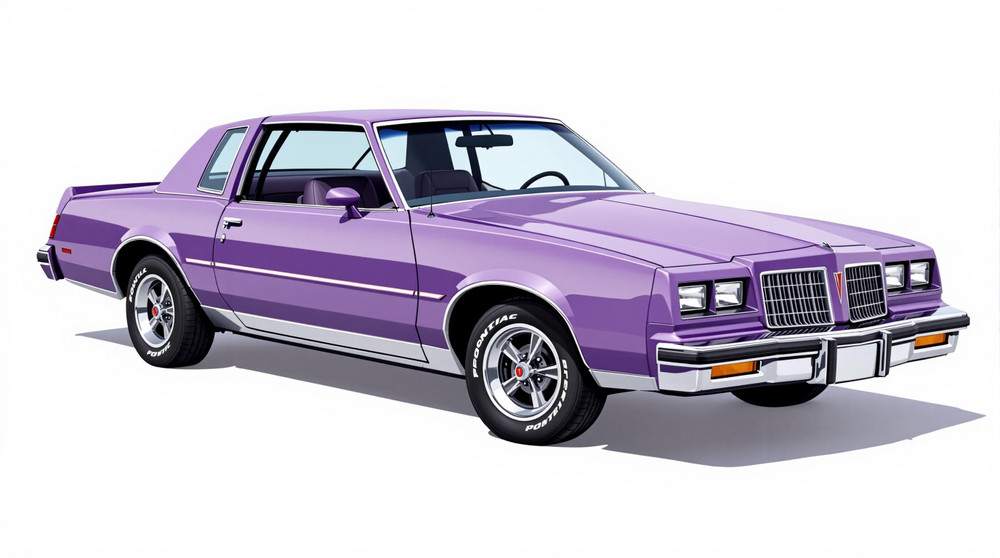Image of 1979 Pontiac Grand Prix, Note: These illustrations use artistic license and may differ from actual historical models.
Performance Metrics
Fundamental Metrics
Emotional Appeal
MMP Rating
| Engine Specifications | |
|---|---|
| Engine Options: | 301 cu in (4.9 L) Pontiac V8, 265 cu in (4.3 L) Pontiac V8, 231 cu in (3.8 L) Buick V6 |
| Displacement Range: | 231-301 cu in |
| Horsepower Range: | 115-150 hp |
| Torque: | 185-240 lb-ft |
| Compression Ratio: | 8.0:1 - 8.1:1 |
| Ignition System: | Electronic ignition |
| Cooling System: | Liquid cooled |
| Performance Specifications | |
| 0-60 Time: | 10-12 seconds |
| 1/4 Mile Time: | 17-19 seconds |
| Top Speed: | 105-110 mph |
| Transmission and Drive | |
| Drive Type: | Rear-wheel drive |
| Transmission Type: | 3-speed automatic, 4-speed manual |
| Fuel and Efficiency | |
| Fuel System Type: | Carburetor |
| MPG: | 15-20 mpg |
| Dimensions and Brakes | |
| Brakes: | Front disc, rear drum |
| Wheelbase: | 108.1 inches |
| Weight: | 3,200-3,500 lbs |
Note: Specifications for classic cars are given to the best of our ability, considering the limited and variant data available.
1979 Pontiac Grand Prix: A Blend of Luxury and Muscle
The 1979 Pontiac Grand Prix was not just a car; it was a statement on wheels. Born from the esteemed lineage of General Motors, this model encapsulated the transition from the muscle car era to a period that demanded more sophistication and comfort. As the automotive industry shifted gears towards luxury personal coupes, the Grand Prix stood out with its unique blend of performance and panache. A notable moment in its history was when it became a symbol of American resilience during an era marked by economic challenges and an oil crisis.
Design and Innovation
The exterior styling of the 1979 Pontiac Grand Prix was both bold and elegant, with a long hood and a short rear deck that gave it a classic coupe silhouette. The distinctive split grille and quad headlights were flanked by chrome accents, exuding a sense of power and grace. Inside, the cabin greeted drivers with plush seating and an array of wood or faux wood accents, reflecting the era's penchant for opulence. The quality of materials balanced durability with comfort, ensuring a premium feel.
Technologically, the Grand Prix boasted features like an optional Rally Gauge Cluster including a tachometer and engine gauges, which were quite advanced for its time. Color options ranged from understated classics to vibrant hues, with popular choices including Cameo White, Solar Gold, and Atlantis Blue. Among body styles, the two-door coupe reigned supreme, capturing hearts with its sporty yet sophisticated presence.
Historical Significance
The 1979 Grand Prix's impact on automotive design was significant as it helped redefine what American luxury meant in an automobile. It set itself apart with a combination of muscle car heritage and modern comforts that few contemporaries could match. This model's design cues would influence not only future Pontiacs but also other vehicles in the GM lineup.
Performance and Handling
Under the hood, the Grand Prix offered various powertrain options, with the top-tier V8 engines capable of propelling it to impressive speeds for its class. While exact acceleration figures varied based on engine choice, this coupe could typically sprint from 0-60 mph in under 10 seconds—a respectable feat at the time. Handling was smooth yet responsive, absorbing road imperfections while maintaining composure on winding roads. The symphony of its engine provided an audible thrill that complemented the driving experience.
Ownership Experience
The 1979 Pontiac Grand Prix found its niche among those seeking a daily driver with flair or show car enthusiasts drawn to its distinctive style. Its reliability was commendable for the era, though some components are now considered less durable by modern standards. Maintenance is generally straightforward for those familiar with classic GM vehicles.
Fun Facts
This model year saw some Grand Prix units gracing celebrity driveways and even making appearances in films and television shows of the time. While not known for breaking speed records, it did achieve considerable sales success. Criticisms often centered around fuel efficiency—a common concern during that period.
Collector's Information
Today's collectors might find a 1979 Pontiac Grand Prix valued anywhere from $5,000 for models in fair condition to upwards of $20,000 or more for pristine examples or rare trims such as the LJ or SJ packages. Production numbers were robust for this year, but exact figures can be elusive—estimates suggest tens of thousands rolled off assembly lines. The market trend shows appreciation for well-maintained or restored units as they become rarer over time.
Conclusion
The 1979 Pontiac Grand Prix stands as a testament to an era when luxury began to merge seamlessly with performance in American coupes. Its lasting appeal is evident in its continued desirability among collectors and classic car enthusiasts alike. Whether cruising down memory lane or turning heads at car shows today, this iconic vehicle continues to capture imaginations just as it did when it first hit the streets.
1979 Pontiac Grand Prix Catalog of Parts
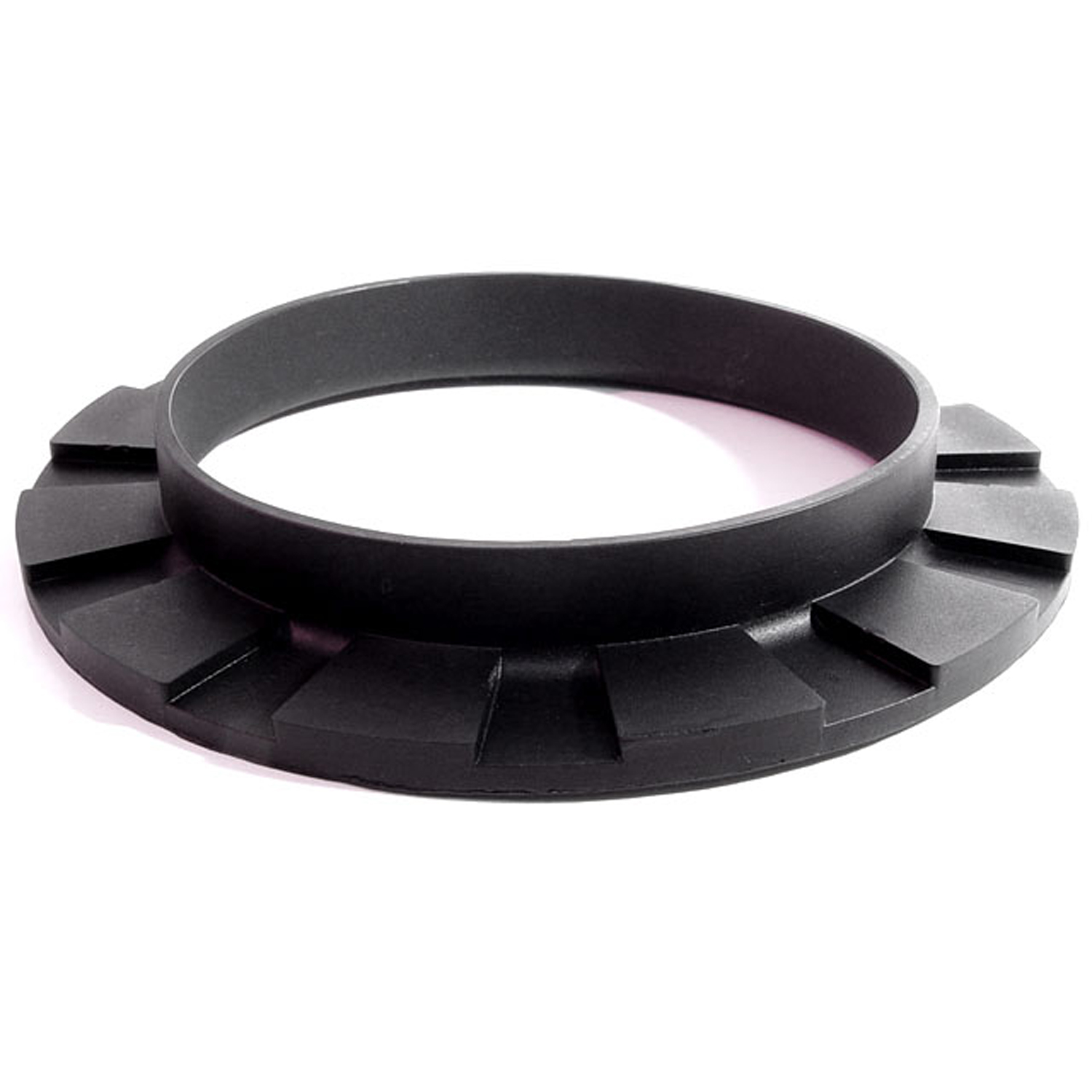 1979 Pontiac Grand Prix Front coil-spring insulator-BN 110Front coil-spring insulator. Fits '41-'60 Oldsmobile and '50-'83 GM passenger models. 5-3/8 in. OD x 3-3/4 in. ID x 3/4 in. high with 13/16 in. wide bottom flange 1/4" thick, 12 flutes. Each.
1979 Pontiac Grand Prix Front coil-spring insulator-BN 110Front coil-spring insulator. Fits '41-'60 Oldsmobile and '50-'83 GM passenger models. 5-3/8 in. OD x 3-3/4 in. ID x 3/4 in. high with 13/16 in. wide bottom flange 1/4" thick, 12 flutes. Each.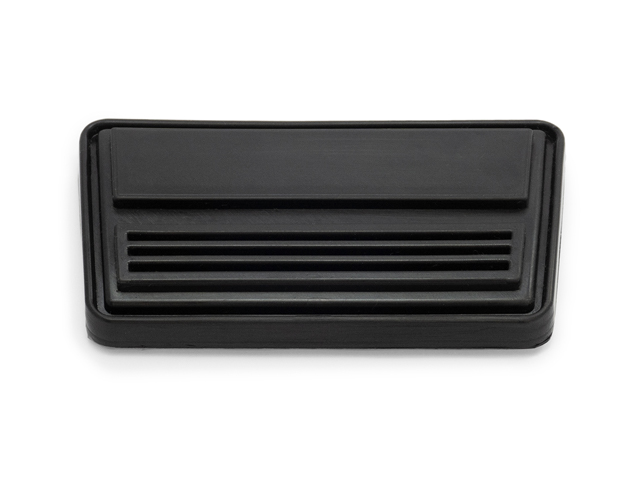 1979 Pontiac Grand Prix Automatic brake pedal pad fits '78-88 GM A, Spec A, G Body-CB 101-DCB 101-D replaces the automatic brake pedal pad on many 1978-1988 General Motors A, Spec A and G body models. Also fits many 1982-1991 GM J, L, N and P body models. 4-1/2" wide X 2-1/2" long. Each
1979 Pontiac Grand Prix Automatic brake pedal pad fits '78-88 GM A, Spec A, G Body-CB 101-DCB 101-D replaces the automatic brake pedal pad on many 1978-1988 General Motors A, Spec A and G body models. Also fits many 1982-1991 GM J, L, N and P body models. 4-1/2" wide X 2-1/2" long. Each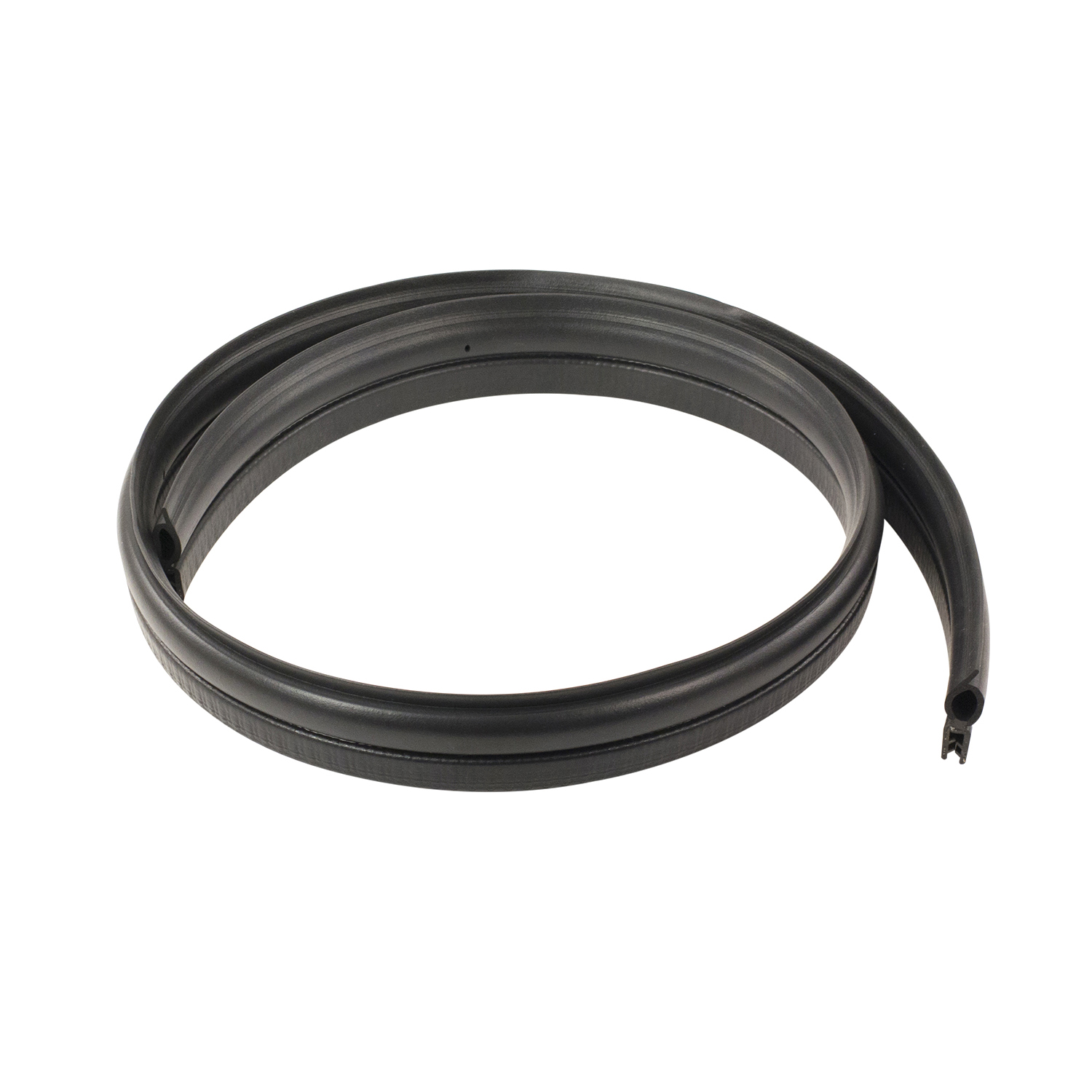 1979 Pontiac Grand Prix Hood and cowl seal-CS 13-GHood and cowl seal. Fits '78-'88 GM A-body, A-Special (A-SPEC) and G-body 2-door hardtop coupes with rear wheel drive (RWD). Dual-durometer extrusion with flexible metal core. Easy to install; fits over pinchweld. Replaces OEM# 20255857 and 25505704. Made in the USA. Each.
1979 Pontiac Grand Prix Hood and cowl seal-CS 13-GHood and cowl seal. Fits '78-'88 GM A-body, A-Special (A-SPEC) and G-body 2-door hardtop coupes with rear wheel drive (RWD). Dual-durometer extrusion with flexible metal core. Easy to install; fits over pinchweld. Replaces OEM# 20255857 and 25505704. Made in the USA. Each.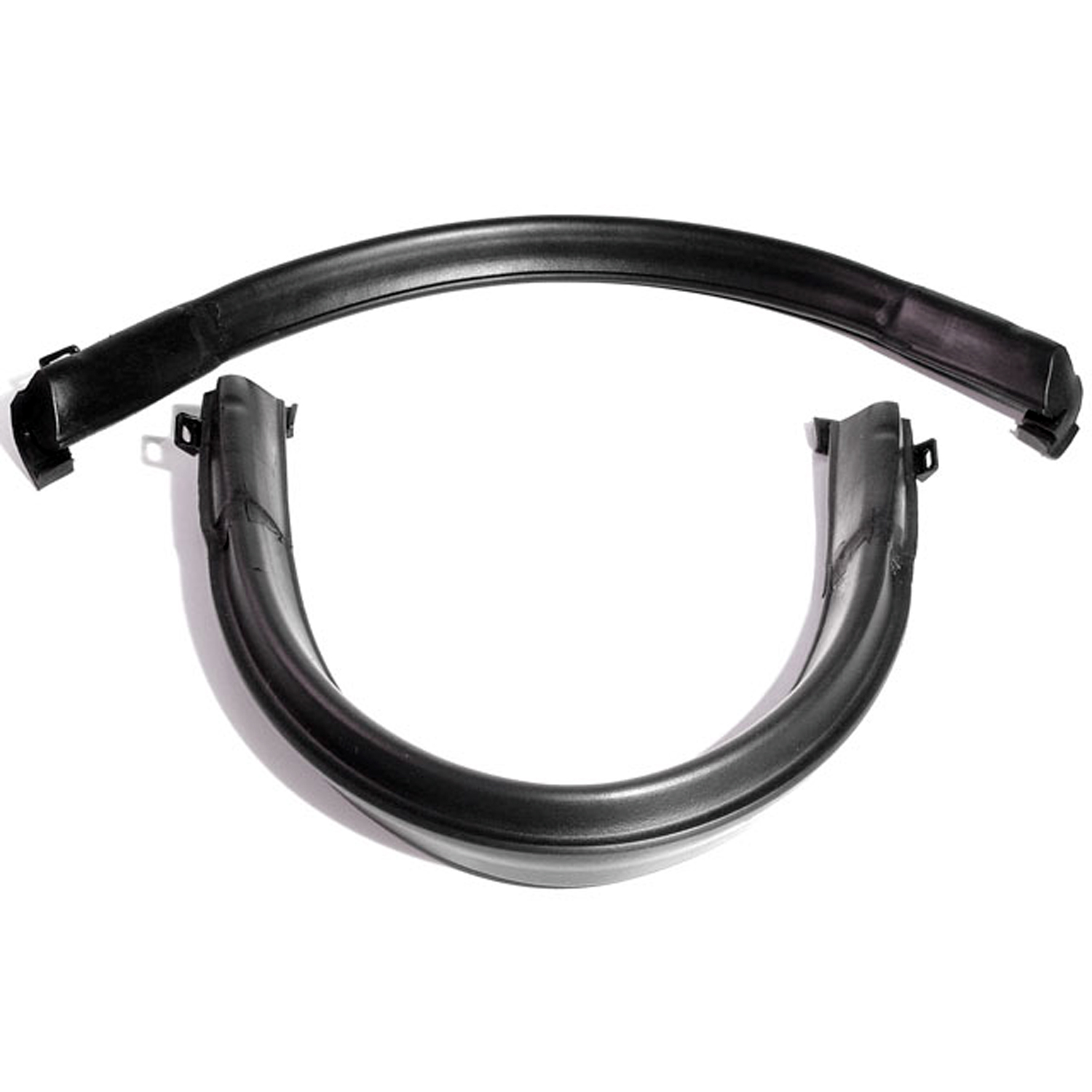 1979 Pontiac Grand Prix T-top Side Seals. Each piece 25" long. Pair-ELP 5020T-top Side Seals. Each piece 25" long. Pair
1979 Pontiac Grand Prix T-top Side Seals. Each piece 25" long. Pair-ELP 5020T-top Side Seals. Each piece 25" long. Pair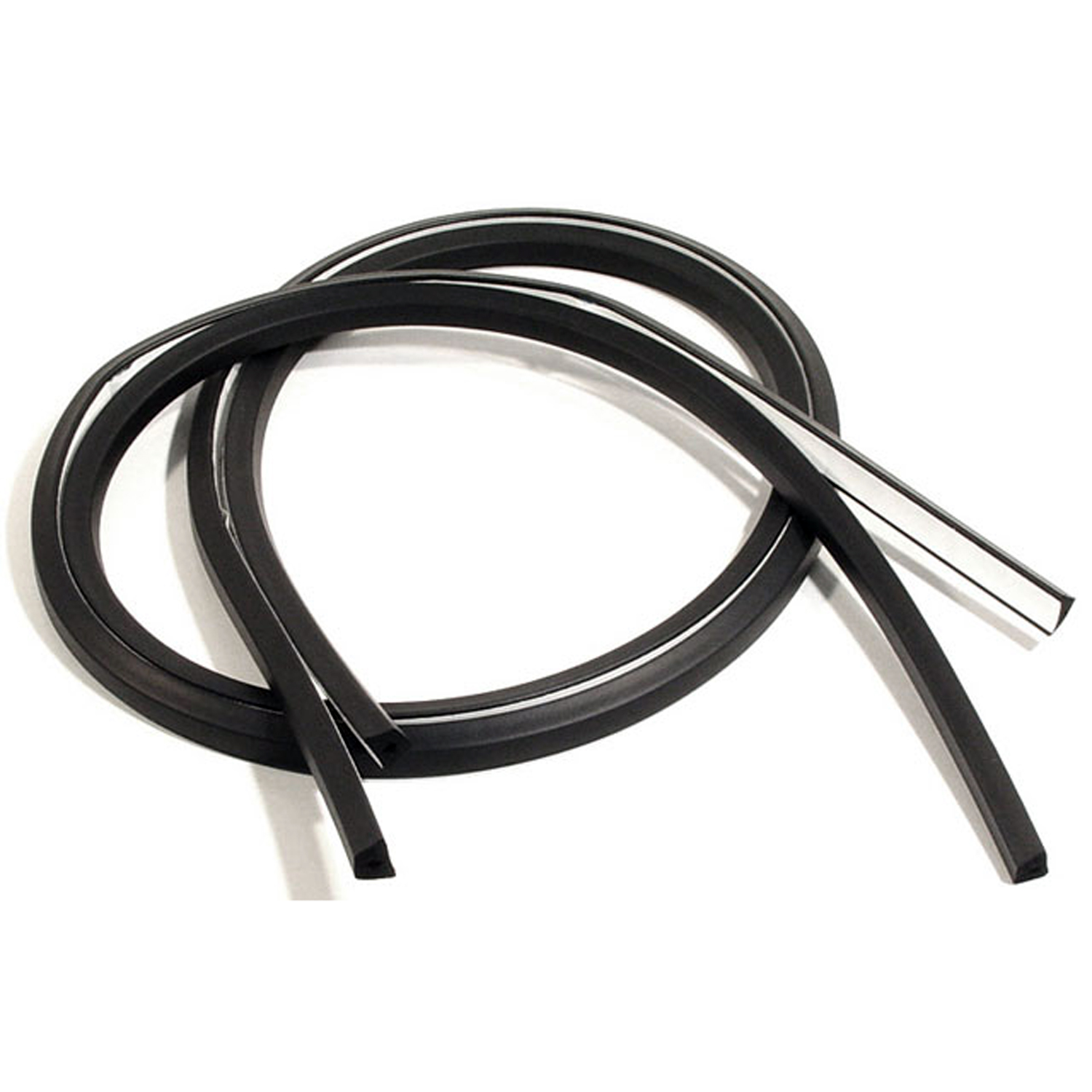 1979 Pontiac Grand Prix Auxiliary T-Top Sealing Strips-ELP 5020-BAuxiliary T-Top Sealing Strips. For models with factory t-top option. 51" in length per side, adhesive tape backing. Replaces OEM #20139617. Pair
1979 Pontiac Grand Prix Auxiliary T-Top Sealing Strips-ELP 5020-BAuxiliary T-Top Sealing Strips. For models with factory t-top option. 51" in length per side, adhesive tape backing. Replaces OEM #20139617. Pair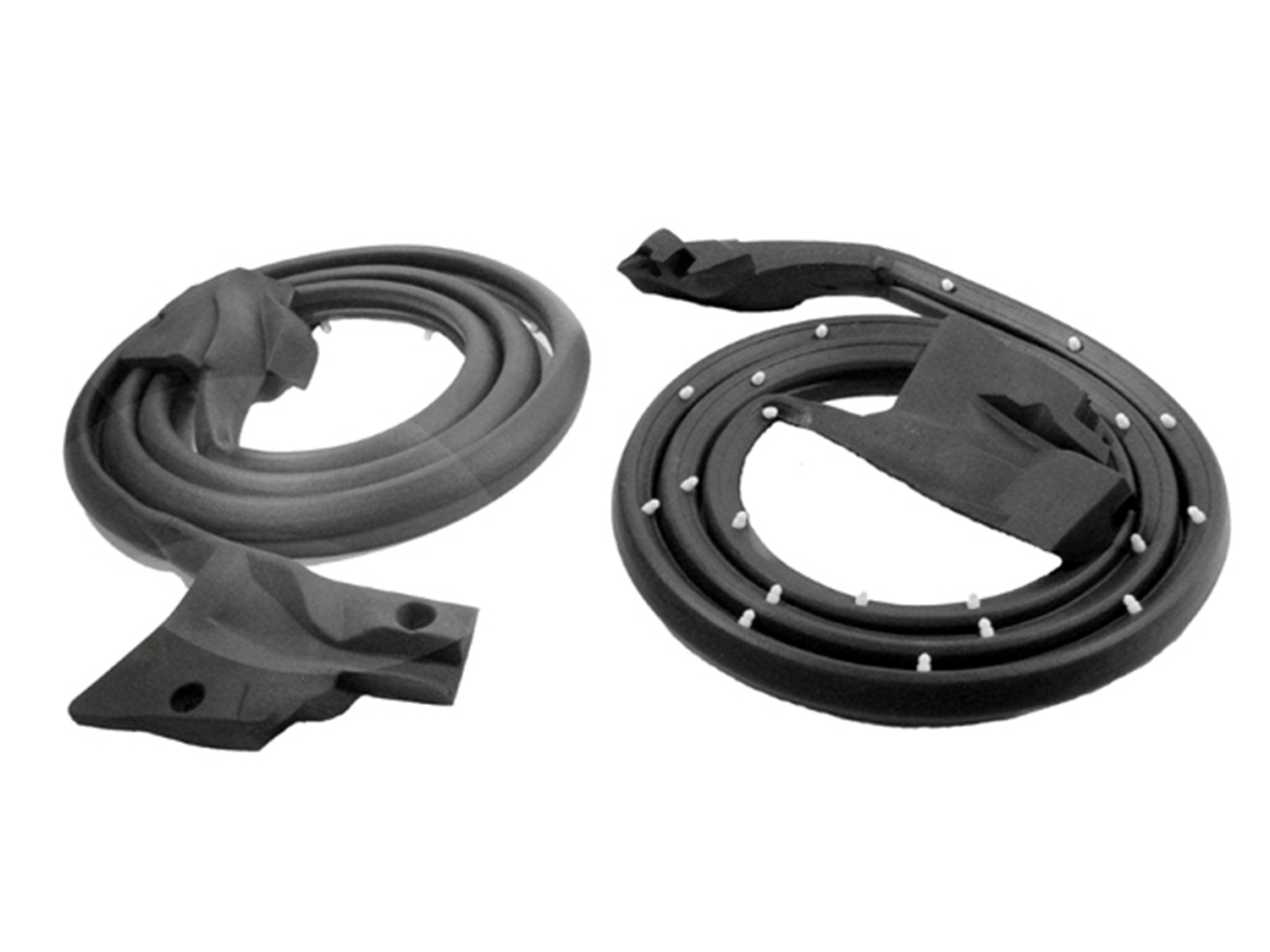 1979 Pontiac Grand Prix Molded Door Seals. 2-door coupe-LM 16-JMMolded Door Seals. 2-door coupe. Replaces OEM part numbers 20038032/3. Pair. R&L.
1979 Pontiac Grand Prix Molded Door Seals. 2-door coupe-LM 16-JMMolded Door Seals. 2-door coupe. Replaces OEM part numbers 20038032/3. Pair. R&L.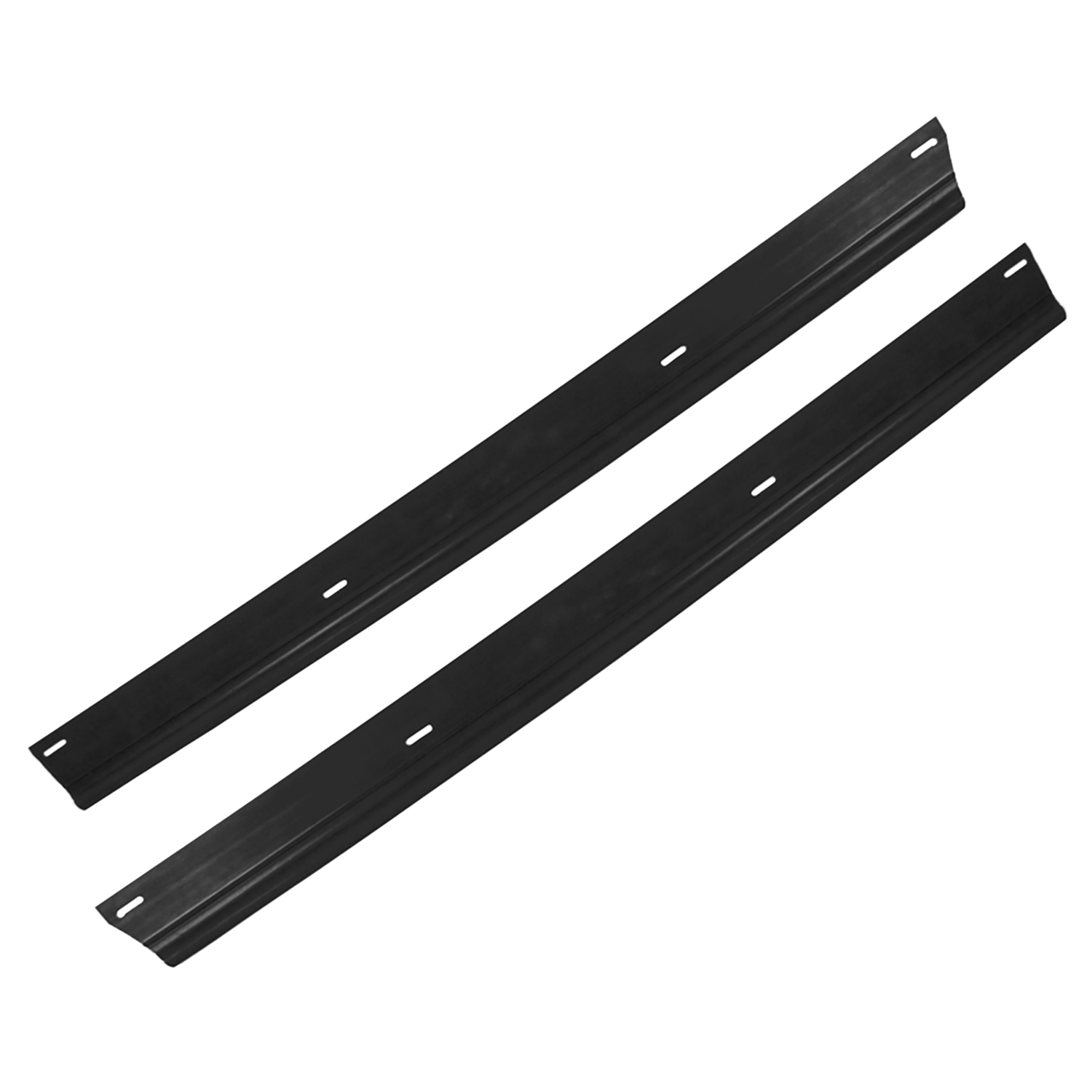 1979 Pontiac Grand Prix Lower Door Sill Seal, 78-88 GM G Body 2 Doors, Pair-LM 16-JSLower Door Sill Seal, 78-88 GM G Body 2 Doors, Pair. Replaces OEM # 20376226. These seals fit in between the panel and the lower part of the doors.
1979 Pontiac Grand Prix Lower Door Sill Seal, 78-88 GM G Body 2 Doors, Pair-LM 16-JSLower Door Sill Seal, 78-88 GM G Body 2 Doors, Pair. Replaces OEM # 20376226. These seals fit in between the panel and the lower part of the doors. 1979 Pontiac Grand Prix Trunk Liner. Loose weave, jet black. 50" wide-M 30Trunk Liner. Loose weave, jet black. 50" wide. Sold by the foot
1979 Pontiac Grand Prix Trunk Liner. Loose weave, jet black. 50" wide-M 30Trunk Liner. Loose weave, jet black. 50" wide. Sold by the foot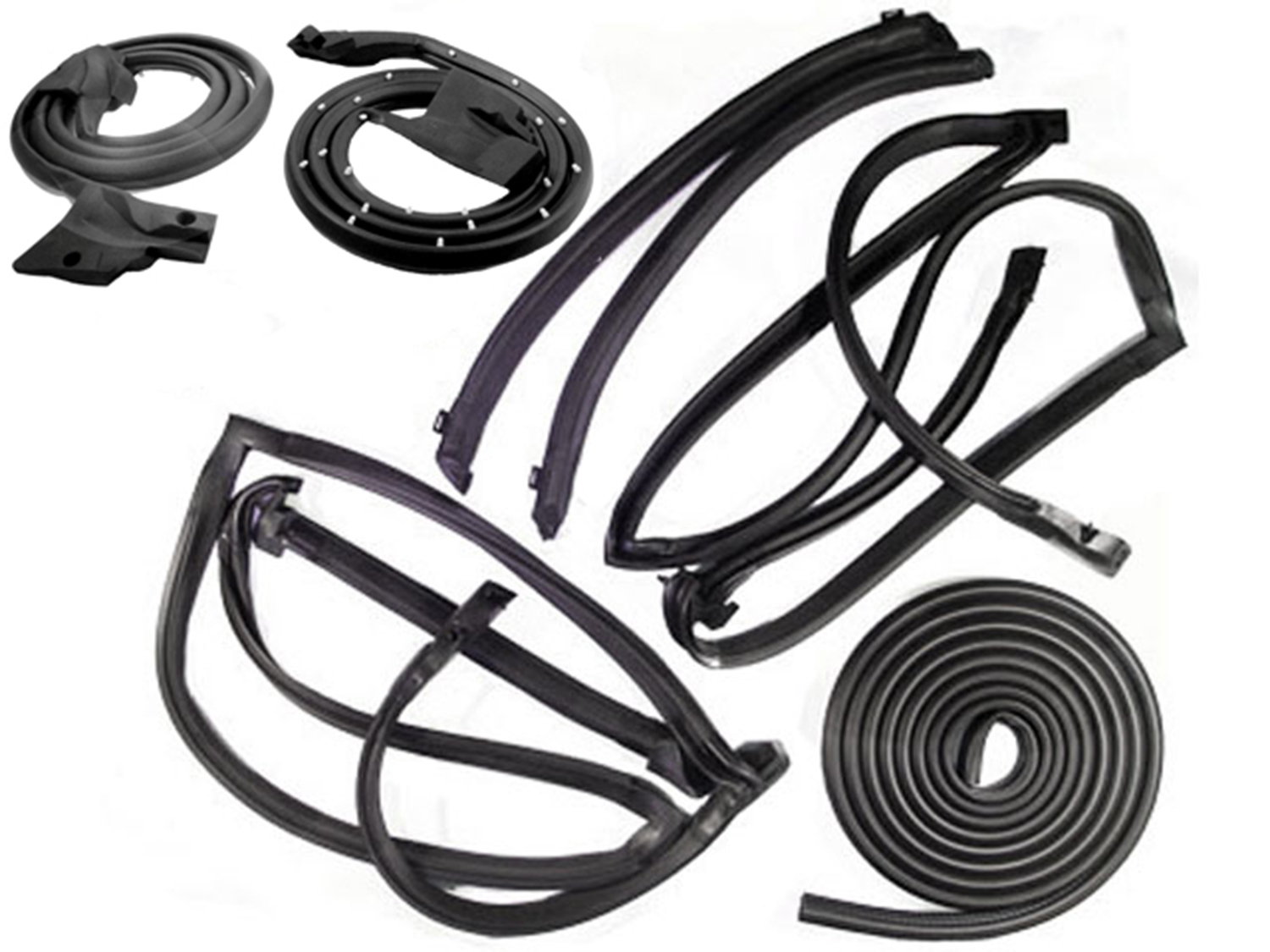 1979 Pontiac Grand Prix Basic kit-RKB 1900-116Basic kit. '78-'81 Grand Prix, Monte Carlo 2-door coupe with T-top roof option. Door (LM 16-JM), T-top to body (TP 5020), T-top side panels (ELP 5020) and trunk (MW00101) seals. 7-piece set.
1979 Pontiac Grand Prix Basic kit-RKB 1900-116Basic kit. '78-'81 Grand Prix, Monte Carlo 2-door coupe with T-top roof option. Door (LM 16-JM), T-top to body (TP 5020), T-top side panels (ELP 5020) and trunk (MW00101) seals. 7-piece set.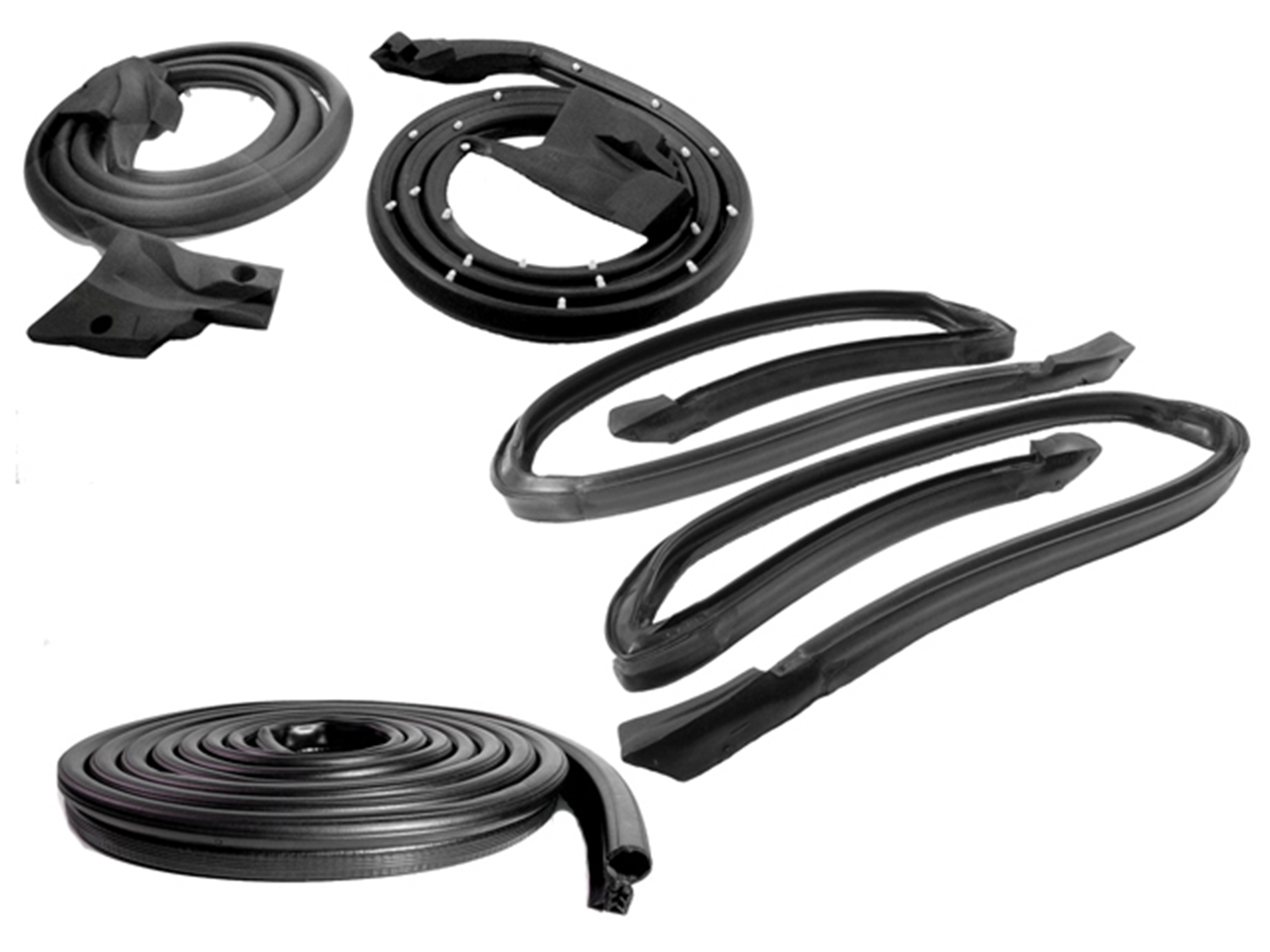 1979 Pontiac Grand Prix Basic kit. ’78-’80 Pontiac Grand Prix 2-door coupe-RKB 1900-122Basic kit. '78-'80 Pontiac Grand Prix 2-door coupe. Door (LM 16-JM), roof-rail (RR 5020-M) and trunk (MW00101) seals. 5-piece set.
1979 Pontiac Grand Prix Basic kit. ’78-’80 Pontiac Grand Prix 2-door coupe-RKB 1900-122Basic kit. '78-'80 Pontiac Grand Prix 2-door coupe. Door (LM 16-JM), roof-rail (RR 5020-M) and trunk (MW00101) seals. 5-piece set.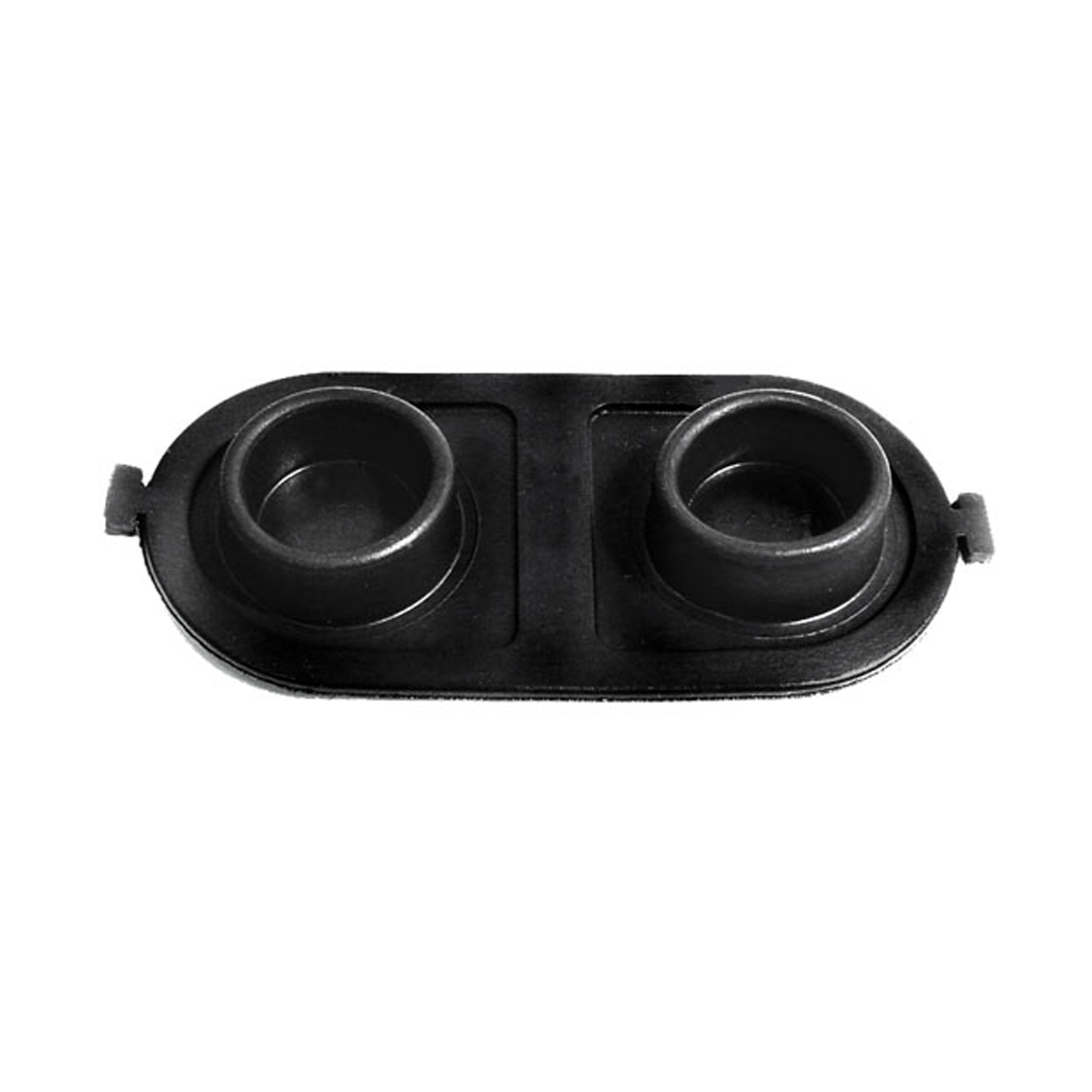 1979 Pontiac Grand Prix Brake Master Cylinder Cover Seal. Replaces OEM #5470861-RP 2-EBrake Master Cylinder Cover Seal. Replaces OEM #5470861. 5" X 2-1/2". Each
1979 Pontiac Grand Prix Brake Master Cylinder Cover Seal. Replaces OEM #5470861-RP 2-EBrake Master Cylinder Cover Seal. Replaces OEM #5470861. 5" X 2-1/2". Each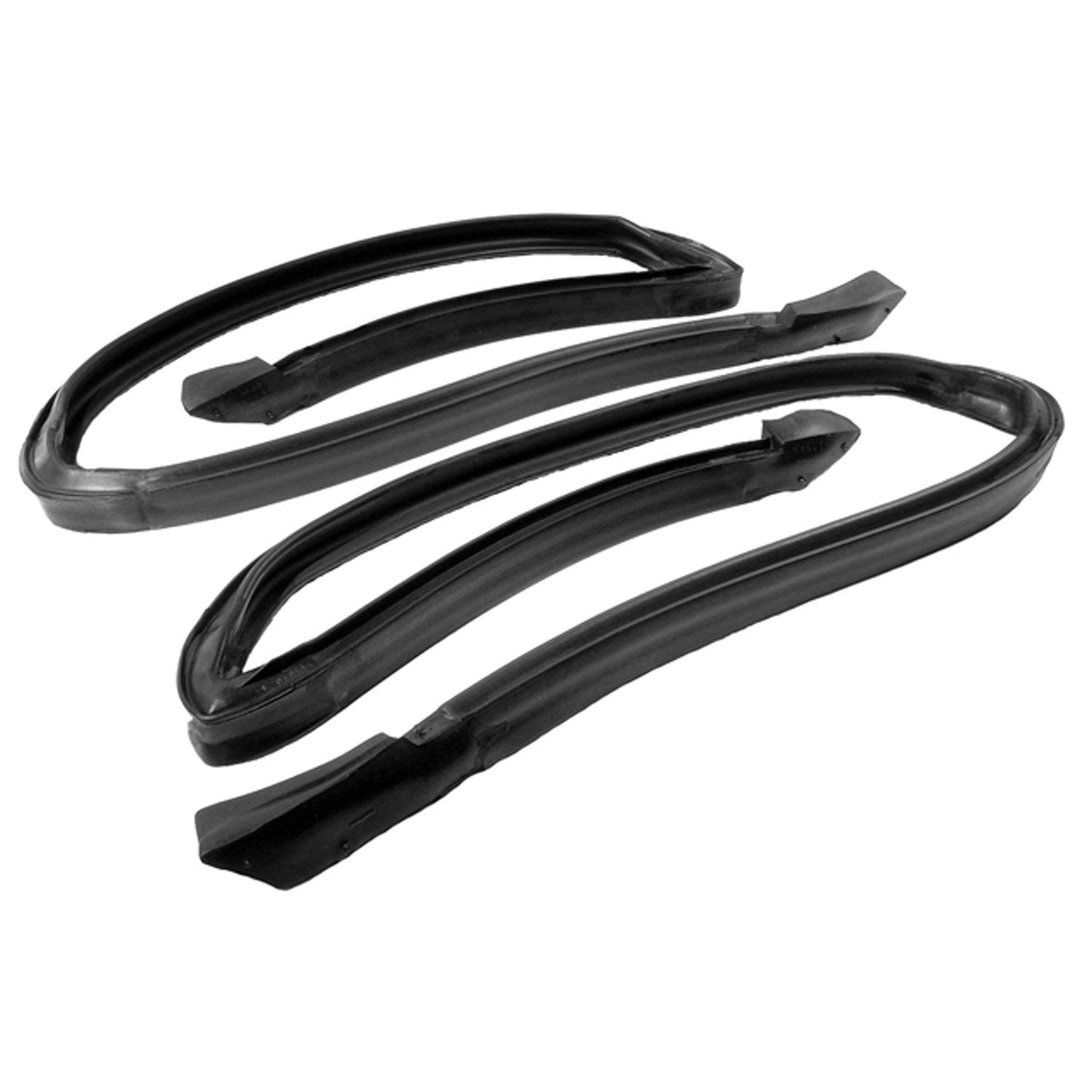 1979 Pontiac Grand Prix Molded Roof Rail Seals, for 2-Door Hardtop. Pair R&L-RR 5020-MMolded Roof Rail Seals, for 2-Door Hardtop. Pair R&L
1979 Pontiac Grand Prix Molded Roof Rail Seals, for 2-Door Hardtop. Pair R&L-RR 5020-MMolded Roof Rail Seals, for 2-Door Hardtop. Pair R&L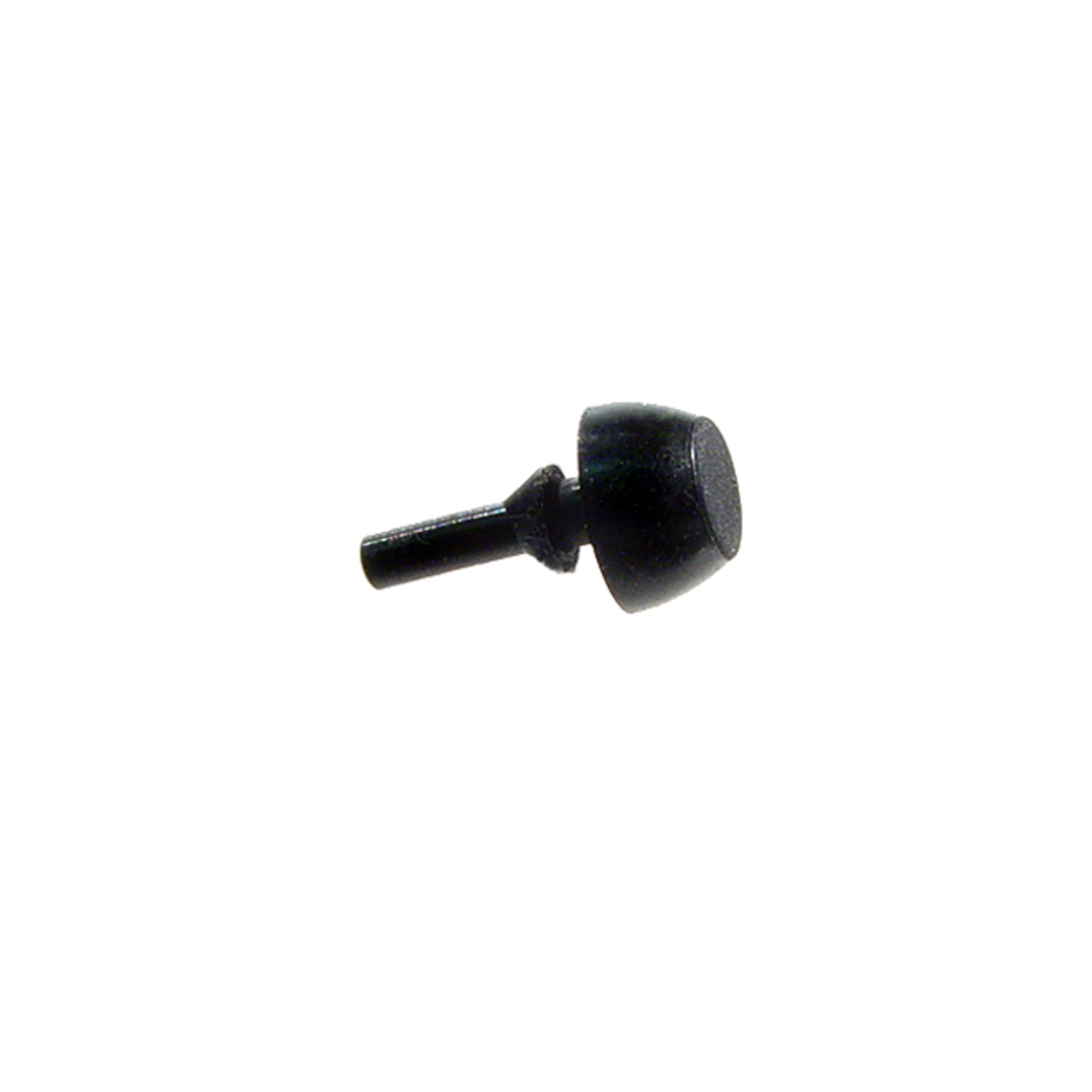 1979 Pontiac Grand Prix Glove Box Bumper. Each-SB 78-AGlove Box Bumper. Each
1979 Pontiac Grand Prix Glove Box Bumper. Each-SB 78-AGlove Box Bumper. Each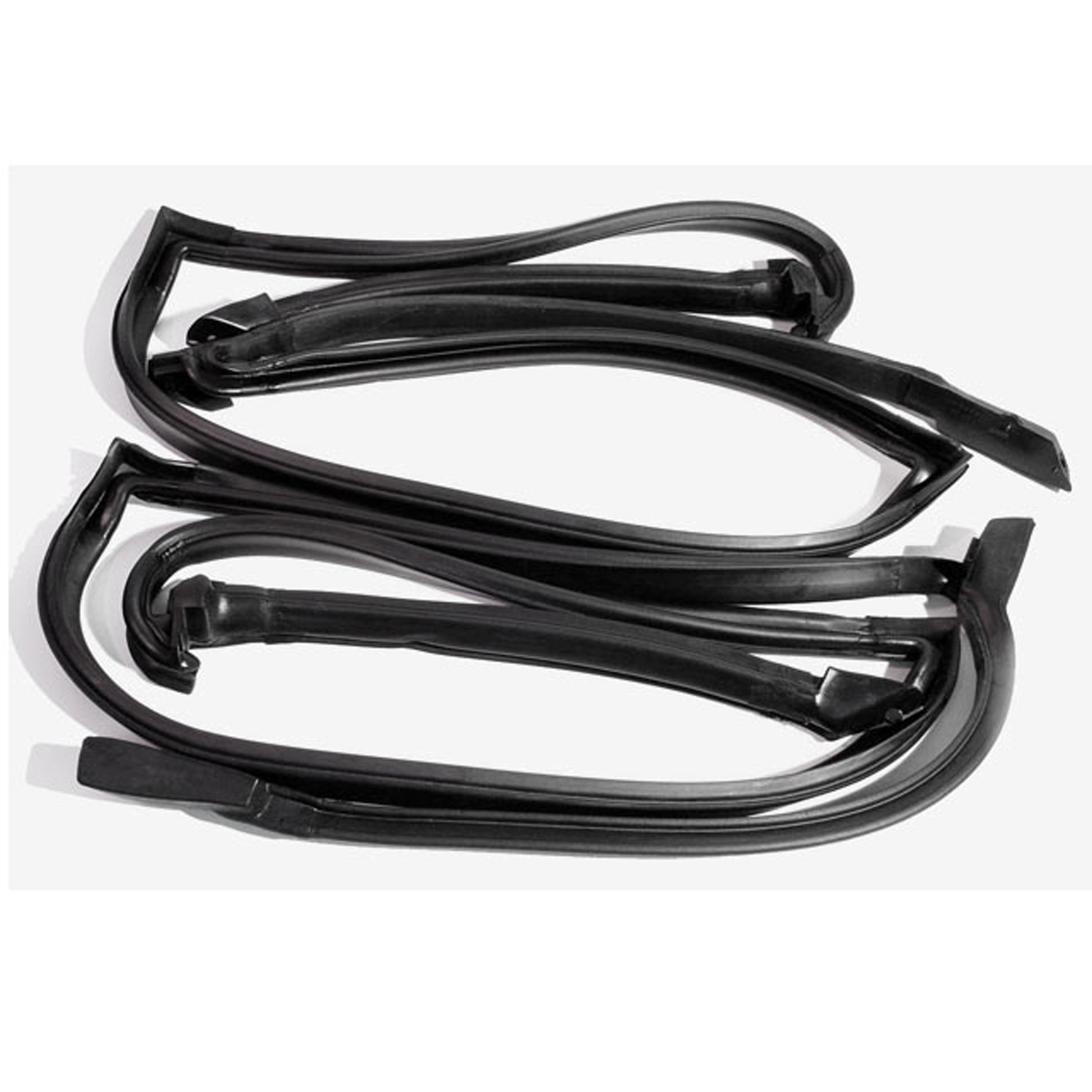 1979 Pontiac Grand Prix T-Top to Body Seals. Fits models with factory T-top option-TP 5020T-Top to Body Seals. Fits models with factory T-top option. Replaces OEM #20211820/20211821. For matching T-Top Side Rail Seals, see ELP 5020. Pair
1979 Pontiac Grand Prix T-Top to Body Seals. Fits models with factory T-top option-TP 5020T-Top to Body Seals. Fits models with factory T-top option. Replaces OEM #20211820/20211821. For matching T-Top Side Rail Seals, see ELP 5020. Pair 1979 Pontiac Grand Prix Rear Quarter Window Molding Clip. Made of steel-WF 204Rear Quarter Window Molding Clip. Made of steel. 3/4" x 1-3/8". Each
1979 Pontiac Grand Prix Rear Quarter Window Molding Clip. Made of steel-WF 204Rear Quarter Window Molding Clip. Made of steel. 3/4" x 1-3/8". Each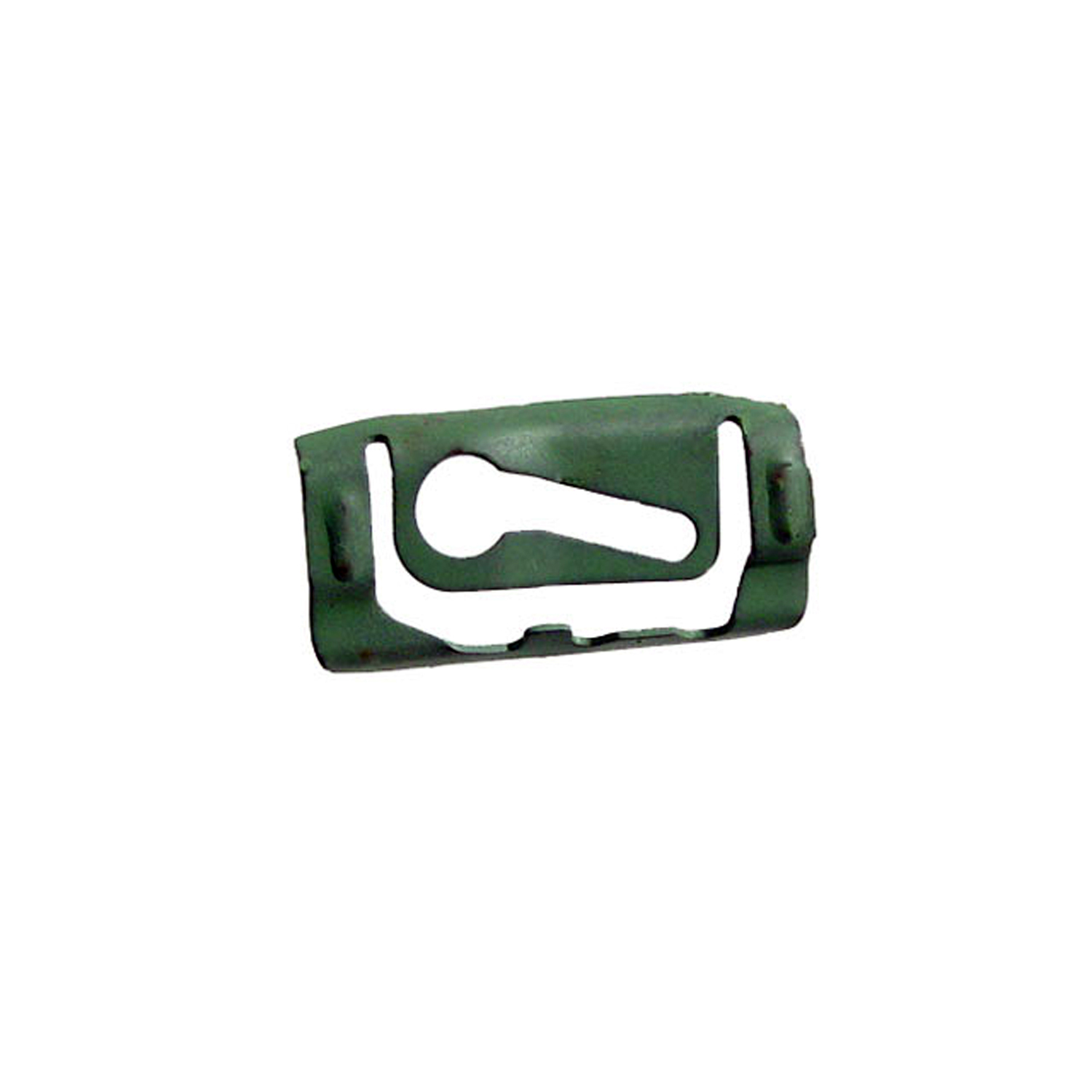 1979 Pontiac Grand Prix Quarter Window Reveal Molding Clip. Made of Steel-WF 205Quarter Window Reveal Molding Clip. Made of Steel. 1-3/8" X 11/16". Each
1979 Pontiac Grand Prix Quarter Window Reveal Molding Clip. Made of Steel-WF 205Quarter Window Reveal Molding Clip. Made of Steel. 1-3/8" X 11/16". Each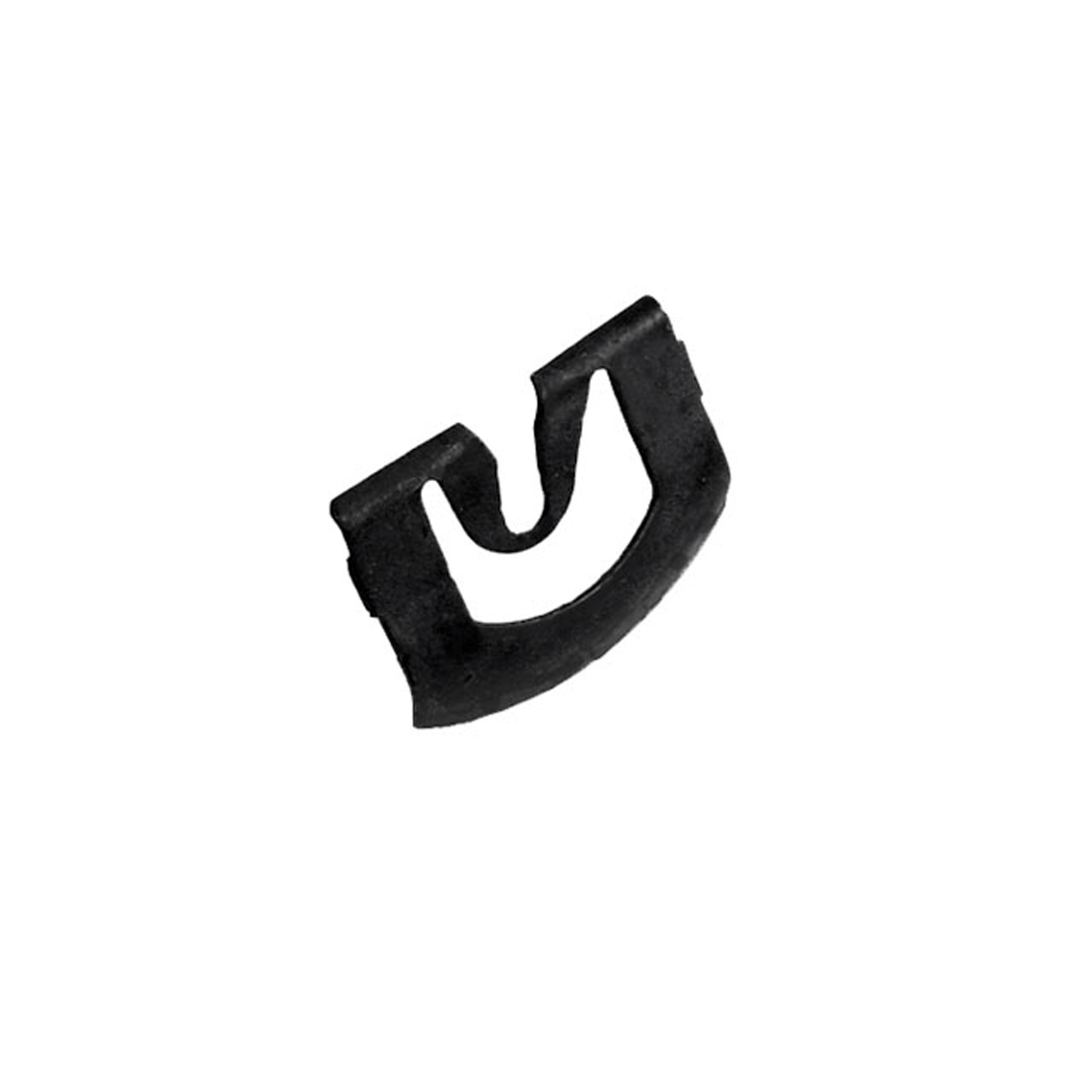 1979 Pontiac Grand Prix Windshield Reveal Molding Clip. Made of steel. 13/16" x 1"-WF 209Windshield Reveal Molding Clip. Made of steel. 13/16" x 1". Each
1979 Pontiac Grand Prix Windshield Reveal Molding Clip. Made of steel. 13/16" x 1"-WF 209Windshield Reveal Molding Clip. Made of steel. 13/16" x 1". Each 1979 Pontiac Grand Prix Rear Windshield Reveal Molding Clip. Made of steel-WF 211Rear Windshield Reveal Molding Clip. Made of steel. 15/16" X 3/4". Each
1979 Pontiac Grand Prix Rear Windshield Reveal Molding Clip. Made of steel-WF 211Rear Windshield Reveal Molding Clip. Made of steel. 15/16" X 3/4". Each 1979 Pontiac Grand Prix Lower Side Window Reveal Molding Clip. Made of nylon-WF 214Lower Side Window Reveal Molding Clip. Made of nylon. 1-1/4" x 3/4". Each
1979 Pontiac Grand Prix Lower Side Window Reveal Molding Clip. Made of nylon-WF 214Lower Side Window Reveal Molding Clip. Made of nylon. 1-1/4" x 3/4". EachWhy Choose Metro?
For over 100 years, Metro Moulded Parts has been the pinnacle of quality in classic car restoration parts. Our commitment to precision and authenticity in every component ensures a perfect fit and an OEM-level appearance.
- Expert Craftsmanship & Quality: Each part is a testament to our dedication to reliability and perfection, crafted from original designs and thoroughly tested.
- Advanced Technology: We use cutting-edge techniques to create flawless, long-lasting parts that surpass others in performance.
- SuperSoft Sponge – The Ultimate Door Seal: Not only are our door seals 30% softer than competitors', but they're also guaranteed to never leak. They effectively reduce wind and road noise, enhancing your classic car's comfort and driving experience.
- Proudly American: Our parts are a product of American craftsmanship, made in the USA with a spirit of excellence and heritage.
- Unrivaled Warranty: We back our products with a 30-year industry-leading warranty, a testament to our confidence in their quality.
Join us in preserving the legacy of classic cars with parts that are crafted for perfection, not just made.

